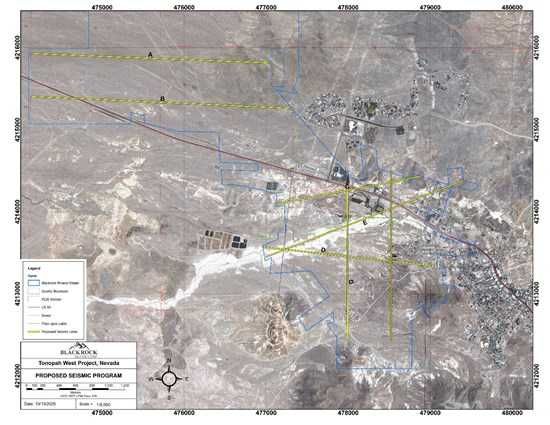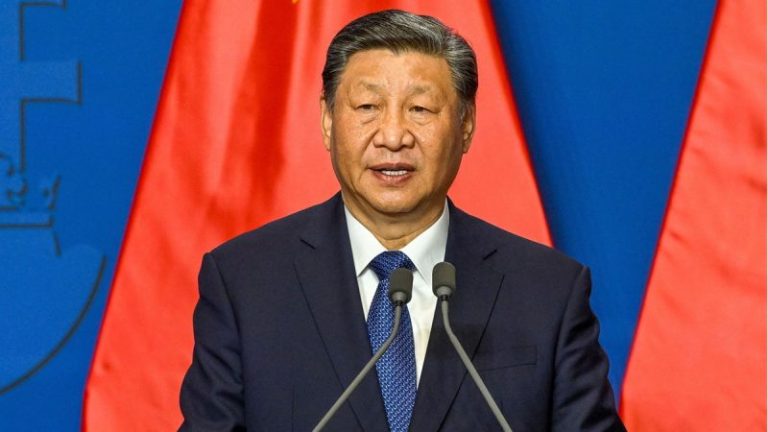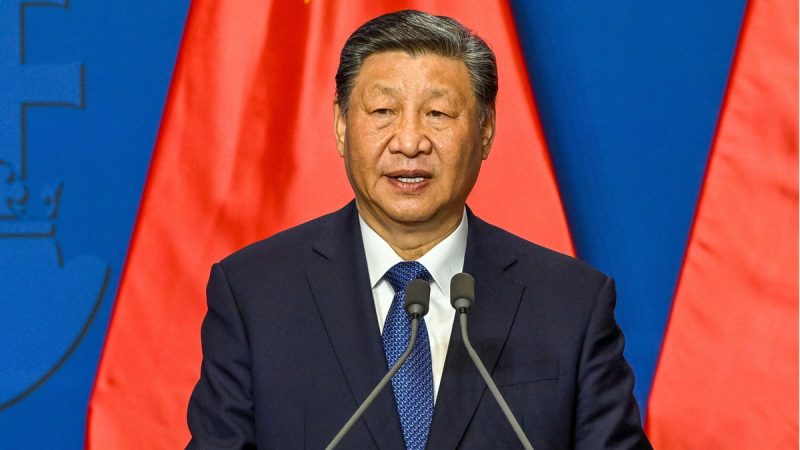

(TheNewswire)
 |
|||||||||
 |
 |
 |
|||||||
Brossard, Quebec TheNewswire – le 23 octobre 2025 CORPORATION CHARBONE (TSXV: CH,OTC:CHHYF; OTCQB: CHHYF; FSE: K47) (« CHARBONE » ou la « Société »), un producteur et distributeur nord-américain spécialisé dans l’hydrogène propre Ultra Haute Pureté (« UHP ») et les gaz industriels stratégiques, annonce la génération de revenus grâce à la première livraison de 161 000 pieds cubes d’hélium à un distributeur indépendant de la grande région de Toronto (Grand Toronto). Cette étape importante marque le lancement de la division Hélium de CHARBONE et son intégration dans la chaîne d’approvisionnement nord-américaine des gaz industriels spécialisés.
La livraison a été effectuée à l’aide d’une remorque à cylindres de type 1 nouvellement mise en service, dédiée à l’hélium, soulignant l’engagement de CHARBONE en matière de fiabilité logistique et de sécurité des approvisionnements de gaz à ultra haute pureté.
Parallèlement, CHARBONE a conclu un contrat d’approvisionnement de trois (3) ans avec le distributeur indépendant, garantissant un approvisionnement fiable de plusieurs millions de pieds cubes d’hélium sur le marché ontarien. Ce contrat constitue une étape stratégique dans la diversification de la gamme de produits de CHARBONE, qui comprend l’hydrogène, l’hélium et d’autres gaz à valeur ajoutée.
« Cette première livraison dans la région du Grand Toronto démontre la capacité de CHARBONE à se développer parallèlement à notre plateforme d’hydrogène et à répondre à la demande canadienne croissante en gaz de spécialité , » a déclaré Dave B. Gagnon, PDG de CHARBONE . « Notre objectif est de fournir une nouvelle alternative aux distributeurs indépendants partout au Canada . »
Selon les projections, le marché mondial de l’hélium devrait croître de 2 milliards USD entre 2024 et 2030 , soit un taux de croissance annuel moyen de 6,7 %.
À propos de CORPORATION CHARBONE
CHARBONE est une entreprise intégrée spécialisée dans l’hydrogène propre Ultra Haute Pureté (UHP) et la distribution stratégique de gaz industriels en Amérique du Nord et en Asie-Pacifique. Elle développe un réseau modulaire de production d’hydrogène vert tout en s’associant à des partenaires de l’industrie pour offrir de l’hélium et d’autres gaz spécialisés sans avoir à construire de nouvelles usines coûteuses. Cette stratégie disciplinée diversifie les revenus, réduit les risques et augmente sa flexibilité. Le groupe Charbone est coté en bourse en Amérique du Nord et en Europe sur la bourse de croissance TSX (TSXV: CH,OTC:CHHYF) ; sur les marchés OTC (OTCQB: CHHYF) ; et à la Bourse de Francfort (FSE: K47) . Pour plus d’informations, visiter www.charbone.com .
Énoncés prospectifs
Le présent communiqué de presse contient des énoncés qui constituent de « l’information prospective » au sens des lois canadiennes sur les valeurs mobilières (« déclarations prospectives »). Ces déclarations prospectives sont souvent identifiées par des mots tels que « a l’intention », « anticipe », « s’attend à », « croit », « planifie », « probable », ou des mots similaires. Les déclarations prospectives reflètent les attentes, estimations ou projections respectives de la direction de Charbone concernant les résultats ou événements futurs, sur la base des opinions, hypothèses et estimations considérées comme raisonnables par la direction à la date à laquelle les déclarations sont faites. Bien que Charbone estime que les attentes exprimées dans les déclarations prospectives sont raisonnables, les déclarations prospectives comportent des risques et des incertitudes, et il ne faut pas se fier indûment aux déclarations prospectives, car des facteurs inconnus ou imprévisibles pourraient faire en sorte que les résultats réels soient sensiblement différents de ceux exprimés dans les déclarations prospectives. Des risques et des incertitudes liés aux activités de Charbone peuvent avoir une incidence sur les déclarations prospectives. Ces risques, incertitudes et hypothèses comprennent, sans s’y limiter, ceux décrits à la rubrique « Facteurs de risque » dans la déclaration de changement à l’inscription de la Société datée du 31 mars 2022, qui peut être consultée sur SEDAR à l’adresse www.sedar.com; ils pourraient faire en sorte que les événements ou les résultats réels diffèrent sensiblement de ceux prévus dans les déclarations prospectives.
Sauf si les lois sur les valeurs mobilières applicables l’exigent, Charbone ne s’engage pas à mettre à jour ni à réviser les déclarations prospectives.
Ni la Bourse de croissance TSX ni son fournisseur de services de réglementation (tel que ce terme est défini dans les politiques de la Bourse de croissance TSX) n’acceptent de responsabilité quant à la pertinence ou à l’exactitude du présent communiqué.
Pour contacter Corporation Charbone :
|
Téléphone bureau: +1 450 678 7171 |
||
|
Courriel: ir@charbone.com Benoit Veilleux Chef de la direction financière et secrétaire corporatif |
Copyright (c) 2025 TheNewswire – All rights reserved.
News Provided by TheNewsWire via QuoteMedia






















 Jindalee Lithium (JLL:AU) has announced Despatch of SPP Offer Documents
Jindalee Lithium (JLL:AU) has announced Despatch of SPP Offer Documents








